





Simple covalent bonds are longer than double covalent bonds (that means that the distance between the nuclei is longer).
Nevertheless sulfur dioxide has astonishingly the same length of its two bonds!
A clever trick permits to explain this fact by the Lewis model :
$SO_2$ has the same length of its two bonds because the real molecule is somewhat an intermediary ("resonance hybrid") between two "resonance forms" ( canonical structures ) represented by the following Lewis structures:
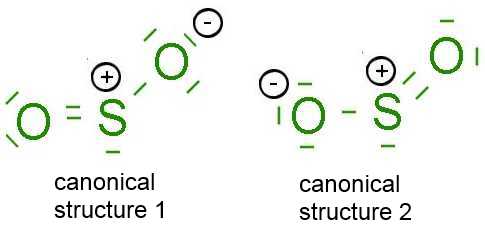 In fact there are four electrons ( red in the following resonance form)
In fact there are four electrons ( red in the following resonance form)
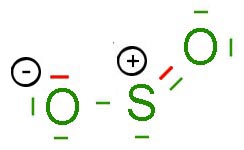 which are symetrically distributed between the atoms of the molecule:
which are symetrically distributed between the atoms of the molecule:
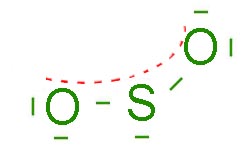 If we try to "keep" the Lewis model (2 electrons = one bond!) we must represent the real molecule by two Lewis structures
(which don't exist indeed!) so that the real molecule shows to be an intermediary between these two structures:
If we try to "keep" the Lewis model (2 electrons = one bond!) we must represent the real molecule by two Lewis structures
(which don't exist indeed!) so that the real molecule shows to be an intermediary between these two structures:
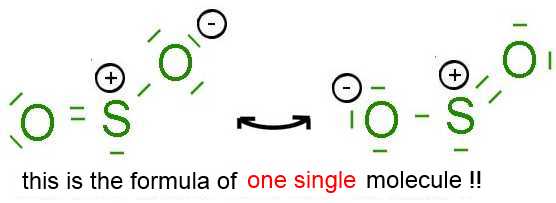 Beware however, the arrow of mesomerism is not an equilibrium arrow!
A mesomerical molecule is like a rhinoceros: it exists indeed.
A child who has never seen a rhinoceros can imagine how it is, if you explain that it is something between a dragon and an unicorn (which do not exist, but are well-known to this child !)
Beware however, the arrow of mesomerism is not an equilibrium arrow!
A mesomerical molecule is like a rhinoceros: it exists indeed.
A child who has never seen a rhinoceros can imagine how it is, if you explain that it is something between a dragon and an unicorn (which do not exist, but are well-known to this child !)
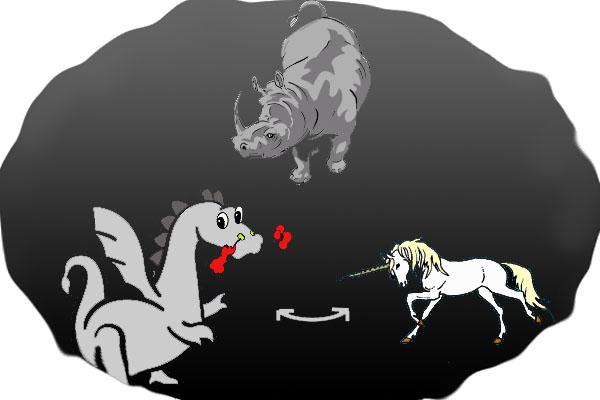
We limit ourselves to two cases where mesomerism is possible:
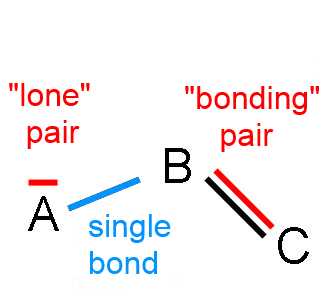 A second canonical structure can be found if the lone electron pair is placed on the single bond. In this case, the atom B makes one bond too many and we have to place its "bonding electron pair" on atom C.
A second canonical structure can be found if the lone electron pair is placed on the single bond. In this case, the atom B makes one bond too many and we have to place its "bonding electron pair" on atom C.
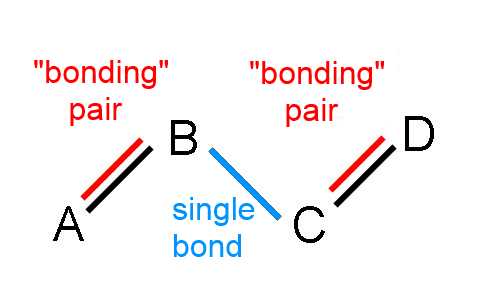 Another canonical structure may be found placing a bonding pair (for instance the pair between A and B) on the single bond . But now atom C has one bond too many and the other bonding pair must be placed on atom D.
Another canonical structure may be found placing a bonding pair (for instance the pair between A and B) on the single bond . But now atom C has one bond too many and the other bonding pair must be placed on atom D.
The nitrite ion:
 The buta-1,3-diene:
The buta-1,3-diene:
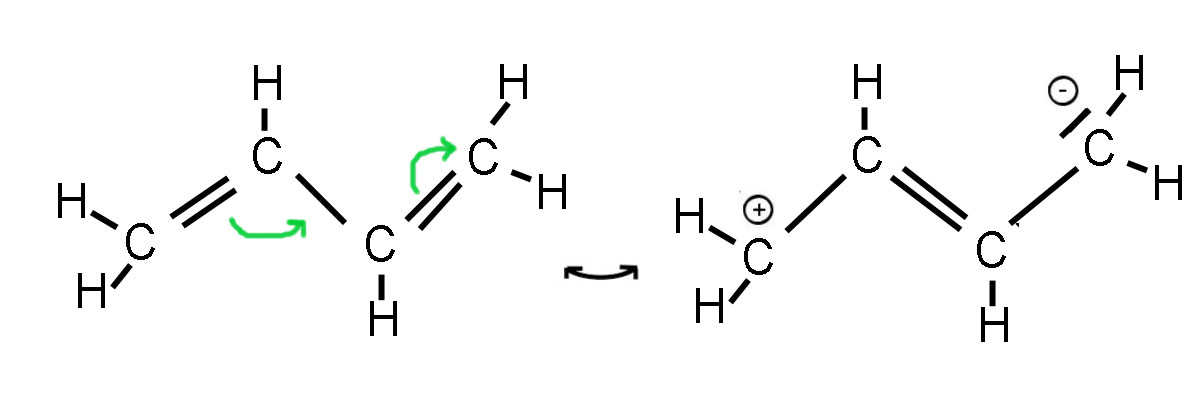 or:
or:
 This molecule has therefore 3 canonical structures.
This molecule has therefore 3 canonical structures.
The canonical structures contribute with different probabilities to the real molecular structure. ( A rhinoceros is more like a dragon than like an unicorn ! )
The probability of a canonical structure is high.. - when this structure has few charges. - when two neighbouring atoms of this structure have no charges of the same sign. - when the most electronegative atom of this structure has no positive charge.
A real molecule resulting from canonical structures with a high level of probability is stable, because its electrons are distributed on a large space